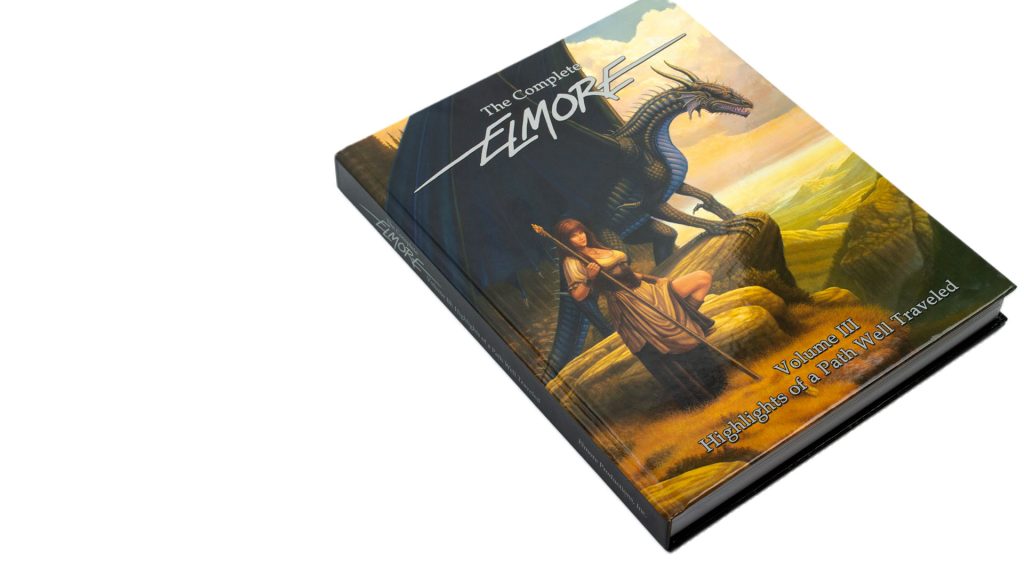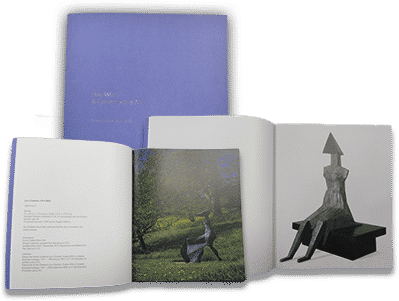Discover the Important Guide to Art Book Printing for Aspiring Artists and Publishers
As an ambitious artist or author, comprehending the nuances of art book printing is essential to bringing your vision to life. What are the crucial aspects you should focus on to produce a magnificent art book that really represents your work?
Recognizing Different Sorts Of Art Books
When you plunge right into the world of art publications, you'll rapidly find that they come in different kinds, each customized to various artistic expressions and audiences. Coffee table publications typically showcase spectacular visuals, perfect for informal surfing, while essays dive deep right into a specific musician's job, offering context and insights. If you're interested in certain art motions, event brochures supply in-depth paperwork of programs, featuring essays and reviews.
For instructional functions, art handbooks and strategy publications guide you with numerous mediums and styles, making them essential for striving musicians. Finally, limited version or musician publications obscure the lines in between art and literary works, commonly incorporating unique style components or hand-made functions. Understanding these kinds aids you determine what reverberates with you and what could best fit your audience. Each format serves its purpose, and recognizing their differences can enhance your art book trip.
Selecting the Right Paper and Materials
Selecting the best paper and materials can greatly affect the total quality and feeling of your art book. Start by thinking about the type of art work you have. For vivid shades and detailed details, select a glossy surface or a heavyweight matte paper that enhances aesthetic depth. If your job includes softer tones or appearances, an all-natural or uncoated paper can offer a warm, inviting touch.
Assume regarding the weight of the paper, too. Thicker options often offer a more expert appearance, while lighter papers can decrease printing prices. Don't fail to remember regarding the binding materials; a durable cover can secure your pages and contribute to guide's aesthetic.
Finally, take into consideration sustainability. Green options are obtaining appeal and can mirror your worths as an artist. By carefully choosing your paper and products, you'll guarantee that your art book not just looks wonderful yet also feels special in the hands of your viewers.

Selecting the Best Printing Methods
When it pertains to publishing your art book, choosing between balanced out and digital printing can greatly affect your end product. You'll also desire to take right into account how paper high quality affects the total feel and look of your artwork. Let's discover these essential printing methods to locate the finest fit for your project.
Countered vs. Digital Printing
While both offset and electronic printing have their benefits, choosing the ideal method for your art book can substantially influence the final item. Offset printing provides top quality pictures and lively shades, making it ideal for bigger print runs. Eventually, your choice should align with your creative vision and distribution strategy, making certain that your art book shows the high quality you desire.
Paper Quality Factors To Consider
Choosing the appropriate paper top quality can significantly boost the aesthetic allure and tactile experience of your art book. For prints, a glossy finish can make pictures pop, while a matte surface gives a softer, much more subtle look.
Next, consider the sustainability of your selection. Environment-friendly choices are coming to be significantly prominent and can attract environmentally-conscious viewers. Lastly, request samples to see how different papers collaborate with your artwork, ensuring the last item shows your vision perfectly.
Making Certain Shade Accuracy in Your Prints
To accomplish sensational prints, you require to concentrate on shade precision from the start. You'll intend to utilize color calibration strategies to confirm your screen and printer are in sync. Additionally, proofing your work prior to the last print run can assist capture any kind of inconsistencies, guaranteeing your art looks equally as you imagined.
Shade Calibration Strategies
Guaranteeing color accuracy in your prints begins with effective shade calibration techniques that aid keep uniformity between your electronic images and last published items. Calibrate your monitor making use of hardware calibration tools to accomplish the ideal color representation. This validates that what you see on-screen suits what obtains printed. Next, select a shade profile fit for your printing process, like CMYK for print materials. Frequently inspect your printer's setups and keep it to stay clear of shade shifts. It's likewise necessary to make use of high-grade paper that complements your inks, as various surface areas can substantially influence shade output. By consistently using these techniques, you'll enhance the total quality of your art prints and much better convey your imaginative vision.
Proofing for Accuracy
While you could believe your electronic photos are prepared for print, proofing is essential for attaining color precision. Prior to committing to a full print run, constantly you could try here ask for a proof from your printer. This permits you to see exactly how shades convert from screen to paper. Compare the evidence with your adjusted display to find any type of inconsistencies. Focus on saturation, brightness, and tone, as these aspects can dramatically affect your end product.
If changes are needed, interact clearly with your printer concerning your preferred outcomes. Don't wait to demand multiple proofs if required; it's worth the financial investment to obtain it. Eventually, complete proofing assurances that your art work is stood for as you pictured it, preserving your imaginative Learn More honesty throughout the printing procedure.

Designing Layouts That Enhance Your Artwork
When you create layouts for your art book, it's necessary to ponder how each aspect interacts with your artwork. Goal for an equilibrium in between visuals and message, guaranteeing neither overshadows the other. Usage white area strategically; it provides your art work space to breathe and attracts attention to its information.
Take into consideration the circulation of your book. Organize pictures in a means that guides the viewers's eye, producing a story or thematic development. art book. Vary the dimensions and alignments of your art work to maintain the format dynamic and fascinating
Select fonts that complement your art work without sidetracking from it. Keep message succinct and appropriate, supplying context or understanding that boosts the audience's experience.
Ultimately, test various formats. Print samples to see how the designs translate on paper, and change as required. By attentively making your formats, you'll create an aesthetically engaging art book that resonates with your audience.
Binding Options for a Professional End Up
Choosing the right binding option can considerably influence the overall presentation of your art book. You'll wish to take into consideration both visual appeals and durability when making your choice. Popular options include excellent binding, which offers a smooth appearance and is perfect for thicker books; saddle stitching, ideal for smaller pamphlets; and spiral binding, Clicking Here which permits web pages to lay flat for easy watching.
If you're intending for a costs feeling, case binding is an outstanding option, providing a sturdy cover and a specialist look (art book). Do not ignore the cover product; alternatives like cloth, natural leather, or a glossy surface can raise your book's allure
Whatever alternative you select, make certain it matches your artwork and enhances the reader's experience. Take your time to evaluate the pros and disadvantages of each approach, so your end product shows the high quality of your innovative vision.
Preparing Your Declare Print Readiness
To ensure your art book is print-ready, you'll need to pay close attention to file preparation. Begin by establishing your paper dimension to match your wanted print measurements.
Think about developing an evidence to assess prior to the last print run. Following these actions will aid you accomplish a refined, specialist art book.
Frequently Asked Questions
What Is the Average Expense of Printing an Art Book?
The standard price of publishing an art book varies, but you can anticipate to pay anywhere from $5 to $20 per copy, depending on aspects like dimension, paper high quality, and printing volume.
Just How Can I Find a Reliable Printing Company?
To find a trusted printing business, start by investigating on the internet testimonials and asking other musicians for suggestions. Contrast quotes, inspect profiles, and interact your requirements plainly to assure they comprehend your vision and top quality assumptions.
What Is the Typical Turn-around Time for Printing?
The typical turnaround time for printing differs yet usually ranges from one to four weeks. Aspects like task intricacy and quantity can affect this. Always verify with your picked printer for details timelines and assumptions.
Can I Print My Art Book in Limited Quantities?
Yes, you can most definitely print your art book in restricted quantities. Lots of printing companies provide short-run choices, allowing you to generate just the number you require, making it easier to take care of expenses and inventory.
What Lawful Factors To Consider Should I Know for My Art Book?
You must think about copyright, licensing arrangements, and design releases when producing your art book. Make sure you have the right to use all images and text, shielding on your own from possible legal issues down the road.